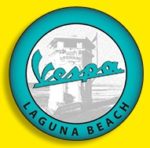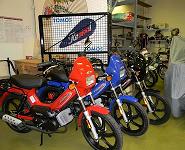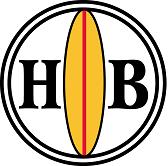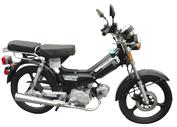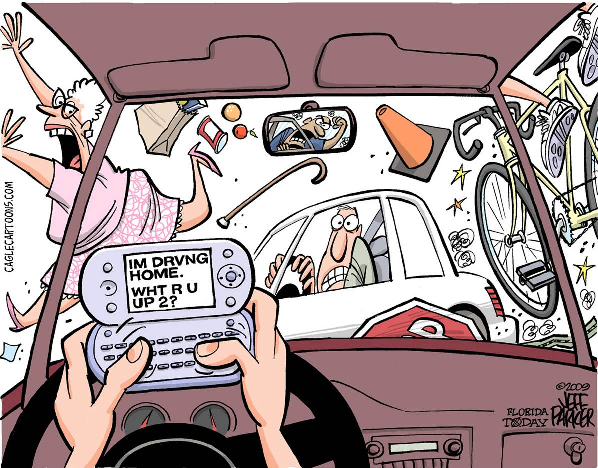
Pedestrians, bicyclists, and motorcyclists must pay extra attention because texting car drivers don’t.
Take a motorcycle safety class and read other sources. The enjoyment and economy of riding is worth the effort.
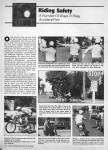
Riding Safety p1
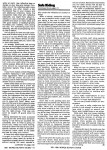
Riding Safety p2
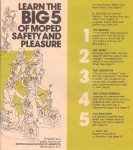
Big 5 Safety p1
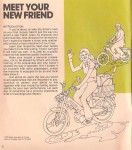
Big 5 Safety p2
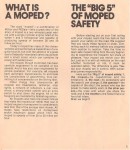
Big 5 Safety p3
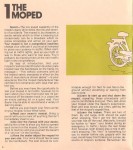
Big 5 Safety p4
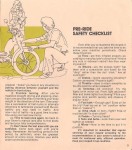
Big 5 Safety p5
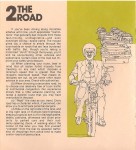
Big 5 Safety p6
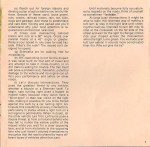
Big 5 Safety p7
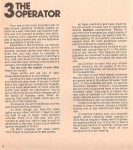
Big 5 Safety p8
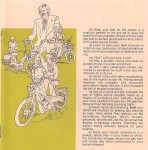
Big 5 Safety p9
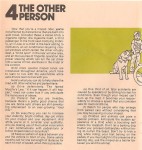
Big 5 Safety p10

Big 5 Safety p11
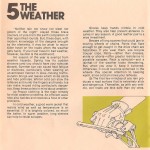
Big 5 Safety p12
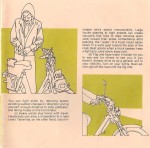
Big 5 Safety p13
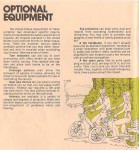
Big 5 Safety p14
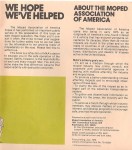
Big 5 Safety p15
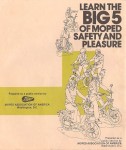
Big 5 Safety p16
=========================================================================
MOPED SAFETY: How to drive a moped safely.
By Shaun Strahm, Myrons Mopeds 714-992-5592 August 2002
This information is intended to supplement the California Motorcycle Drivers Handbook. You should read and thoroughly understand that book first. All DMVs have them at the front desk.
Safety is mostly in the mind of the driver. It doesn’t matter how fast the vehicle can swerve or stop, if the driver doesn’t see the object he or she’s about to collide with. It’s the driver’s responsibility to see and avoid all accidents before they happen, regardless of who’s fault it is. Lets say you go through a green light and get hit broadside by a car running the red light. In a car there probably would be no bodily injury, just damage to the car, which would be paid for by the person at fault. But on a bike (motorcycle, moped, or bicycle) if you get hit broadside you might lose a leg or die. Car drivers usually have the belief that the car will protect them from bodily injury in most cases and just go on through green lights without ever looking both ways first. This is a habit that must be broken in order to eliminate the chance, maybe 1 in 1,000, of that ever happening.
========>====>====>====>====>====>====>====>====>====>====>====>=====================
GENERAL PRINCIPLES:
1. CONCENTRATION: It is hard work to always keep your mind focused on what’s about to happen ahead of you. If your thoughts wander off, wake yourself up by thinking about what it would feel like to hit the pavement. Be like a wild rabbit, with big eyes and ears, who sees and hears everything around him at all times.
2. DISTRACTIONS: On a bike you can’t drink, eat, smoke, tune the radio, talk on the phone or talk to a passenger because you are in a high wind. The only physical thing you can do is drive. Keep your eyes moving and don’t fixate on any one thing.
3. BEING SEEN: If you want somebody to see you, you wave your arms to get their attention. On a bike you can move your body in various ways, or you can change lane position and try to move across the vision of the driver you’re trying to get to see you. The worst thing to do is to go motionless straight towards their eyes. At night you can use your bike’s headlight as a beacon by weaving the bike sideways back and forth.
4. PLANNING ESCAPES: Know what’s behind and beside you at all times and mentally rehearse how you would avoid obstacles that might just pop out in front of you, especially cars turning left.
AVOIDING CARS:
5. INTERSECTIONS: Most accidents happen at intersections. Always look both ways before going through an intersection. Never trust stop signs or red lights. Never go through intersections at a speed faster than it takes to see both ways first and/or be able to stop, depending on the situation. Oncoming cars turning left are the #1 cause of death among motorcyclists.
6. DRIVEWAYS: Always check for any vehicle that might pull out in front of you. Always stay far enough to the left or slow down enough to be able to avoid cars pulling out in front of you. The nose of the car must sometimes stick out several feet into the lane before the driver of the car pulling out of a driveway can see around parked cars.
7. PARKED CARS: If you can see that there is nobody in the car then it’s OK to be on the right side of the right lane close to the parked cars, because the doors cannot suddenly spring open. Otherwise stay far enough to the left to avoid car door openings. Mopeds should usually stay to the right, but sometimes must take up the whole lane if it is hazardous to be on the far right.
AVOIDING ROAD HAZARDS:
8. OIL SLICKS: Be aware that oil and coolant usually leak from the middle of the car and occur most frequently where cars are stopped such as just before intersections, or in the middle of parking spaces. Avoid oil slicks by seeing the slight shininess of the pavement and going around it, and by staying to one side of the lane. If you do hit oil your tires will slip out easily and you must go more or less straight through and not try to turn or slow down too fast. If your tires do slip out you might be able to save it by stomping with your feet. This is also why you should wear good shoes. Remember that some oil might remain on your tires, so pull over and wipe it off.
9. GRAVEL OR SAND: Everyone has slipped on gravel or sand before when walking. The worst kind is when the grains are rounded and the surface it’s on is hard and smooth. Sand occurs mostly in rain gutters, drainage areas, and along hillsides and beaches. Slow down before you get to it and don’t try to turn or stop fast while you’re in it. Watch for it when you’re turning into a driveway.
10. WET PAVEMENT: Your tires have reduced traction and so they skid easier. If you use too much front brake, the front tire will skid (slide out). Since it’s the steering tire you will have no steering control and will probably fall down. But if the rear tire skids you can control the slide by steering into it. It is for these reasons that you should use both front and rear brakes about equally when trying to stop fast on wet streets. Likewise for sand and oil, but they’re more slick.
11. SLICK DRY PAVEMENT: Be aware of old, rough, rocky asphalt and super smooth concrete. Concrete gutters that are frequently wet and well traveled over can be polished as smooth as a marble coffee table. Steel plates and manhole covers are also slick.
12. DRY PAVEMENT: On normal clean dry pavement you can stop about twice as fast with the front brake as you can with the rear brake, as long as you’re not leaned over. When you use the front brake hard enough the weight is transferred to the front tire and the back of the bike wants to lift up. This makes the front tire grip more but the rear tire grip less. On mopeds and cruiser motorcycles the quickest stop is with mostly the front brake. On sport motorcycles it’s with only the front brake. So you should use mostly the front brake on normal dry pavement, and mostly the rear brake on slick pavement, and 50/50 front and rear on semi-slick pavement.
13. UNEVEN PAVEMENT: Examples are the edge of gutters, the lip at the edge of a driveway, railroad tracks, and drainage grooves. If your front tire tries to cross over at too shallow of an angle it will follow the groove and you will lose steering control and crash. If you need to cross a groove that’s running almost parallel with the way you’re going, first turn away from it so you can then turn across it at a sharp angle. The bigger the groove is compared to the size of the tire, the sharper is the angle required to cross it. In a car you don’t have to worry about these things.
RIDING SKILLS:
14. BRAKING: Always do your braking early, while you’re still vertical, before you lean over to go around a corner. If you try to use too much brakes, especially the front brake, while leaned over far enough, the tires will skid out and you will probably hit the pavement. In a car you can brake and turn at the same time up to a point. That point is much lower on a bike so you have to break that habit if you’re used to driving a car.
15. CORNERING: On a moped you should always have your feet on the pedals so you can move the outside pedal to its lowest position (so the inside pedal won’t hit the ground) when cornering. If you then put weight on the outside pedal it makes the bike more stable and resistant to slipping out.
Wild rabbits never say “I didn’t see that cow’s foot”!
How does a waiter or waitress in Dennys carry multiple plates of food and drinks all day long and never drop anything?
Practice. It’s a balancing act similiar to riding a moped. Anyone can do it. With practice you get better and better.
A skilled waitress can look like she’s taking a lot of risk, carrying so much, but she’s not. To her it’s easy and normal.
As you ride bicycles and motorcycles you must be alert, aware, and making predictions of cars next moves.
Like learning a play a guitar, you read something, then practice it, read something else, practice that.
How do rabbits avoid getting trampled by herds of cattle or sheep? They have big alert eyes and perked up ears.
They’re lucky that they always stay alert and never fade out like we do. They never say “I did’nt see that cows foot”.
Wild rabbits don’t have accident forgiveness. As a pedestrian or a cyclist, try to be like a bunny in a herd of hippos.
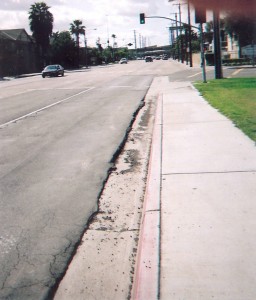
Stay to the left of the gutter. There are many hazards there: nails, uneven pavement, cars pulling in or out.
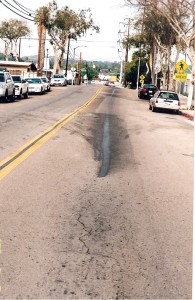
A fresh classic oil slick at the centerline of the cars path. Beware of oil slicks and slippery surfaces.

Cars are only safe when you’re in them.
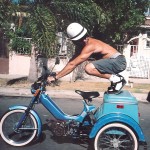
There’s a right way and a wrong way for everything.
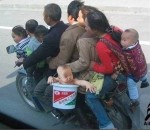
9 People on 1 Motorcycle
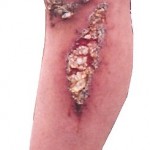
Brakes slow you down better than skin.
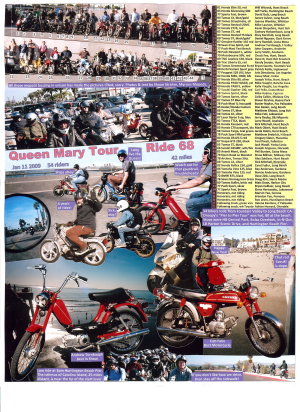
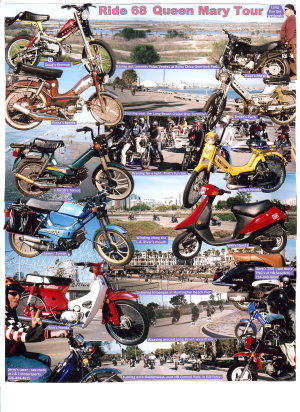
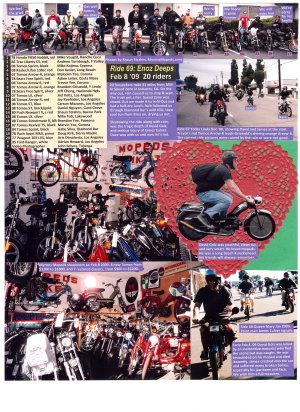
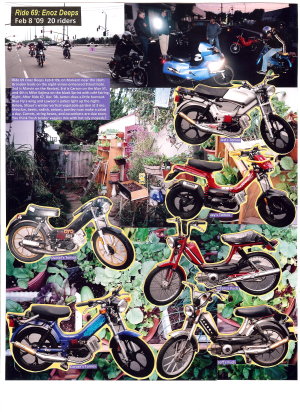
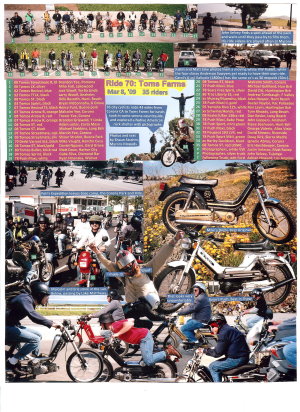
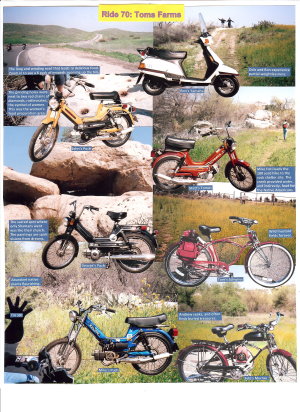
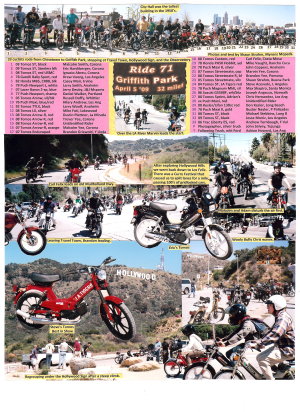
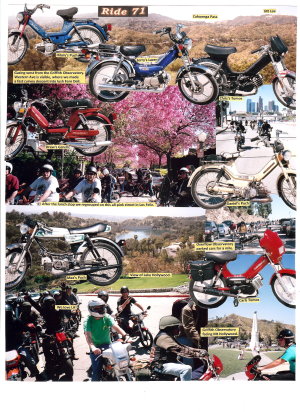
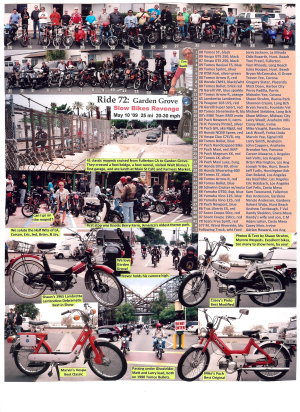
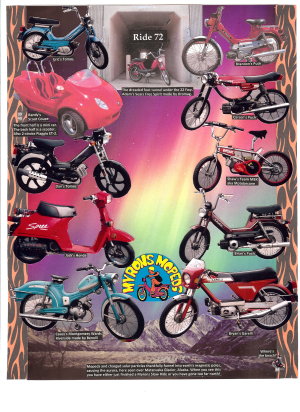
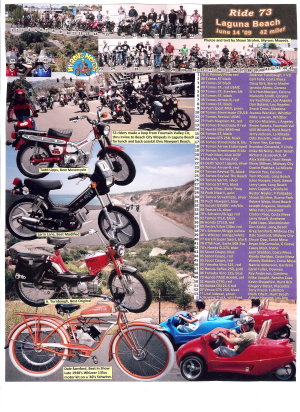
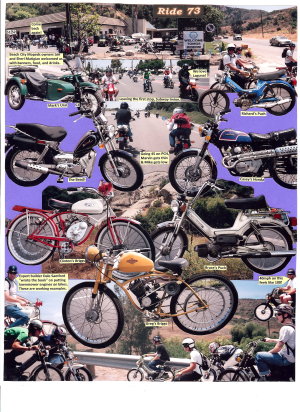
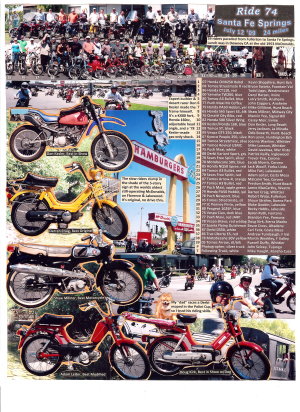
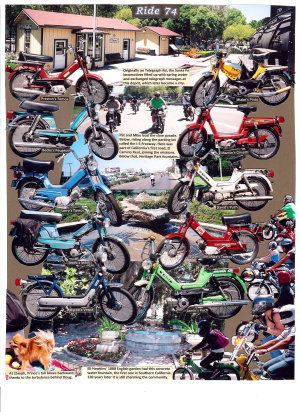
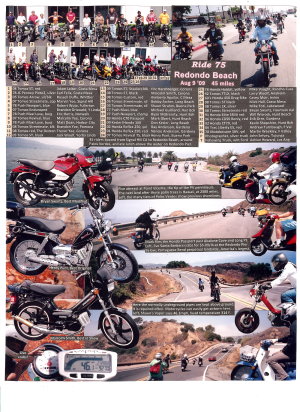
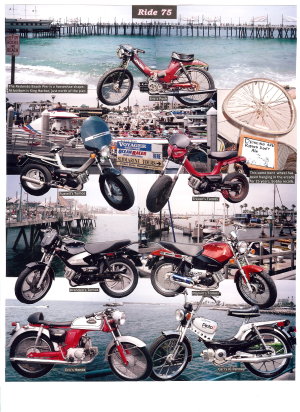
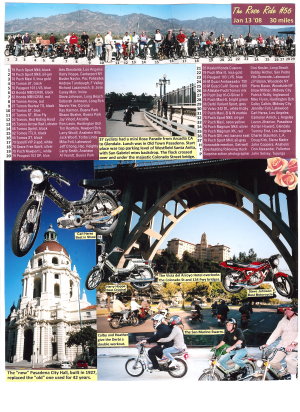
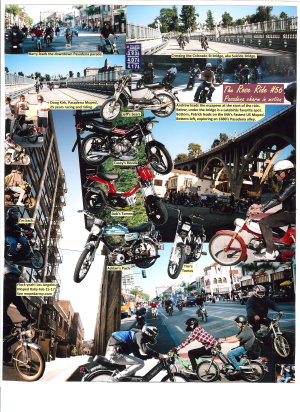
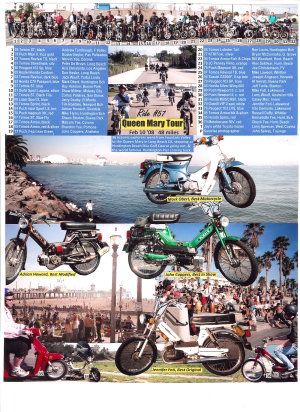
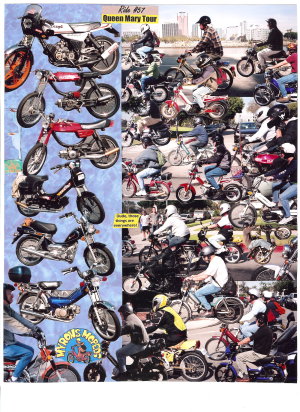
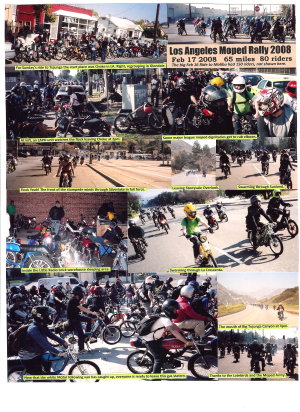
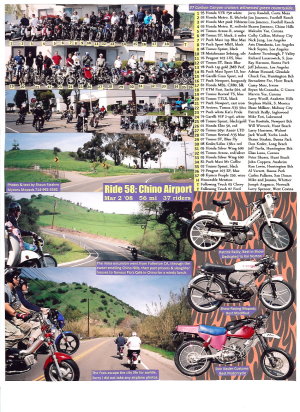
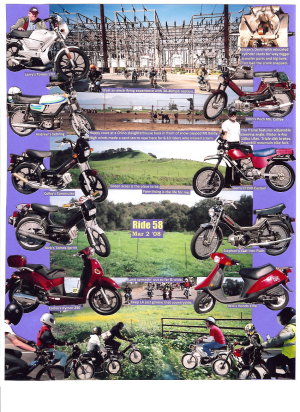
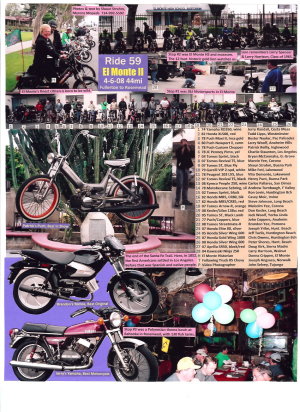
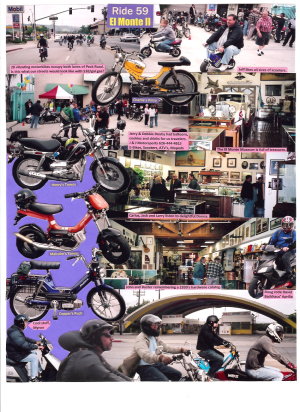
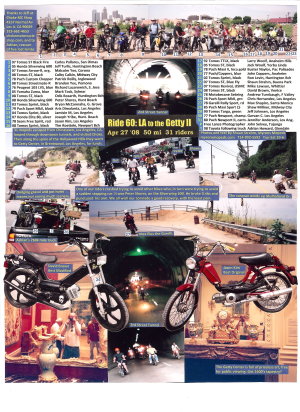
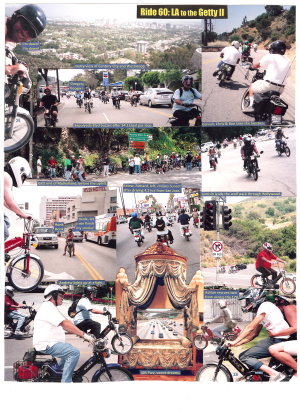
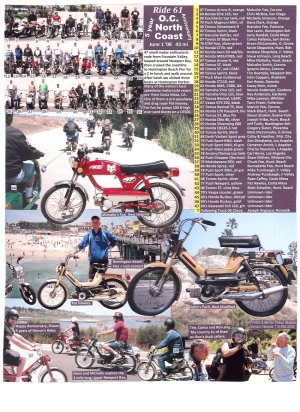
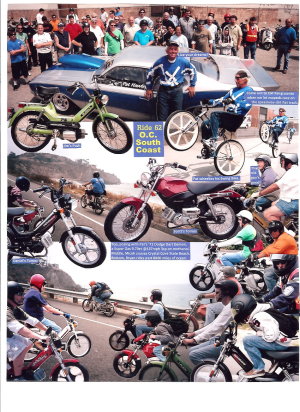
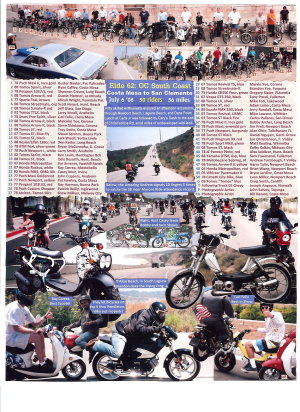
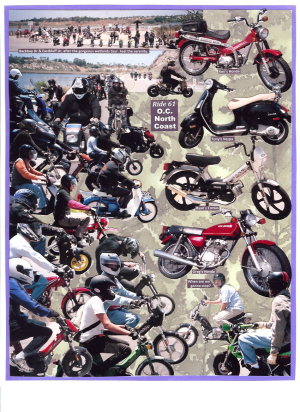
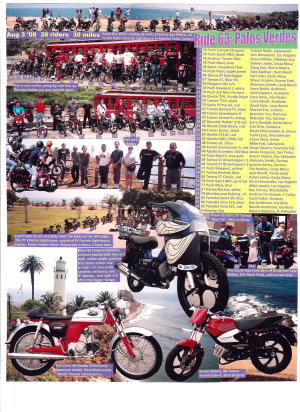

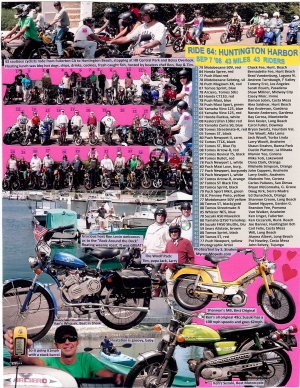
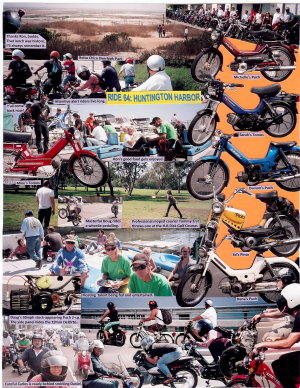
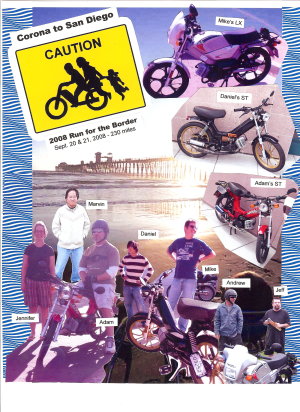
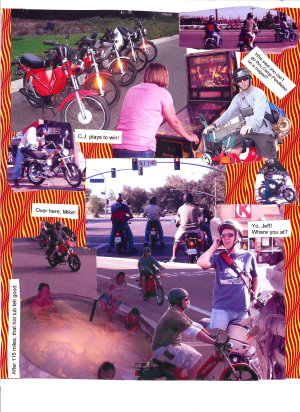
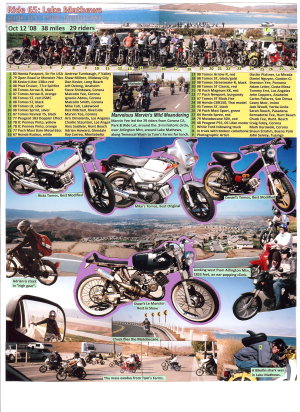
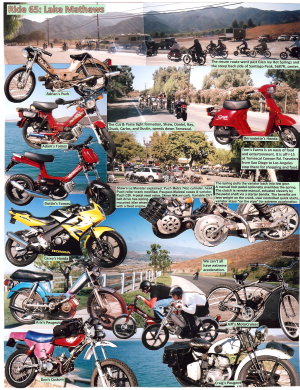
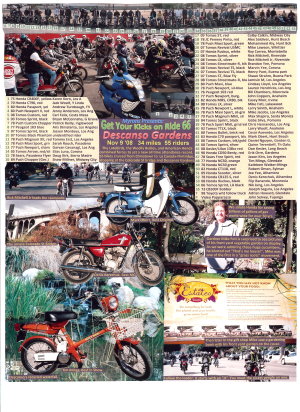
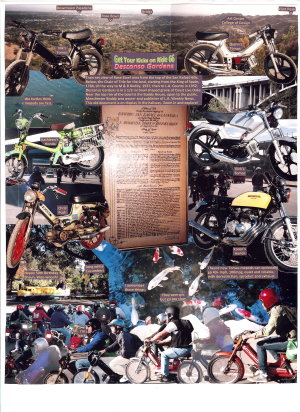
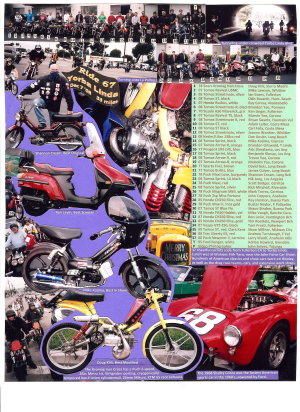
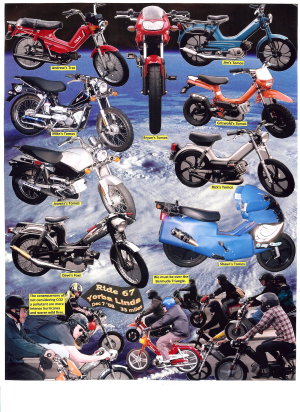

























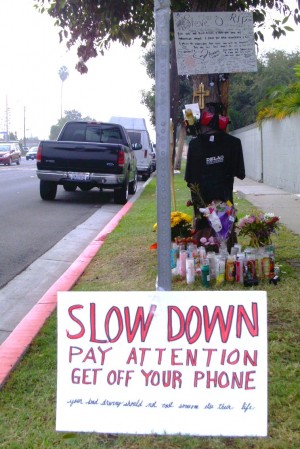
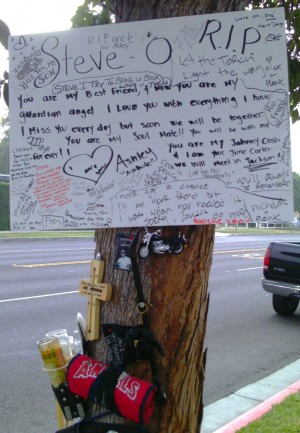
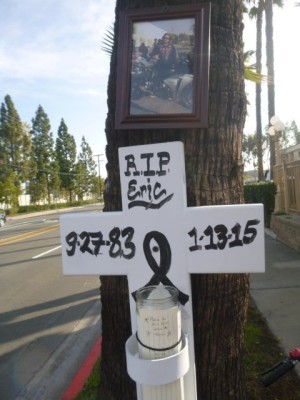
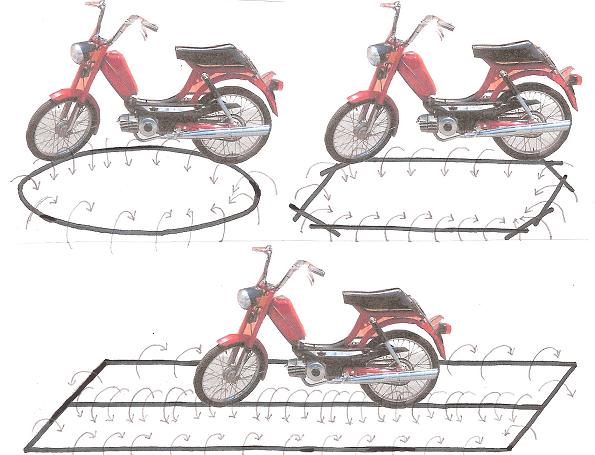

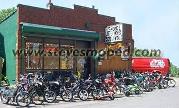 Steves Moped:
Steves Moped: 



